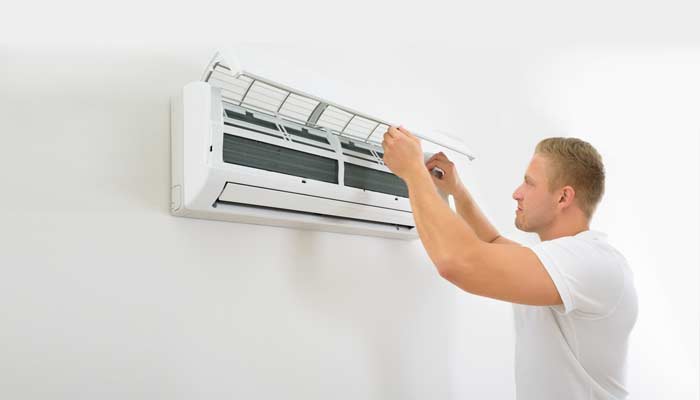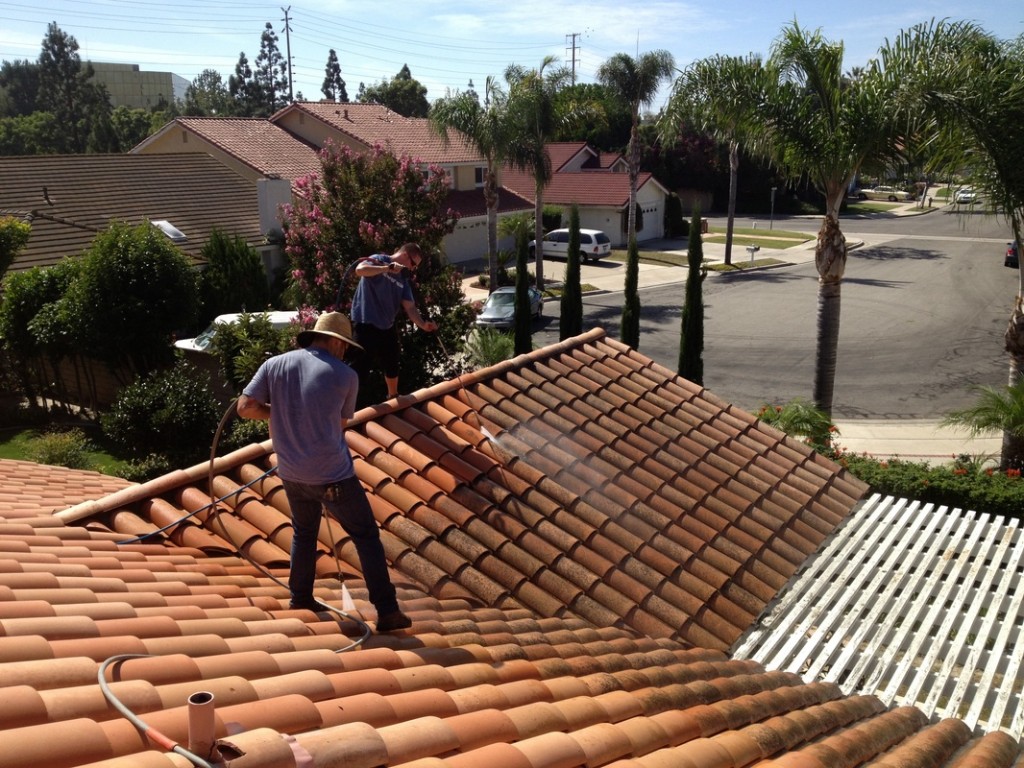Air Conditioning Inspection – Ensuring Your Comfort, One Degree at a Time
In the sweltering heat of summer, the humble air conditioner stands as a beacon of comfort, tirelessly working to keep indoor spaces cool and pleasant. Yet, like any mechanical system, air conditioners require regular inspection and maintenance to ensure optimal performance. An air conditioning inspection is not merely a routine task but a crucial step in safeguarding your comfort, one degree at a time. First and foremost, an air conditioning inspection entails a thorough examination of the unit is components. From the compressor to the evaporator coils, each part plays a vital role in the cooling process. Any signs of wear and tear or potential malfunctions are identified and addressed promptly during the inspection. By catching minor issues early on, homeowners can prevent costly repairs and extend the lifespan of their air conditioning system. One of the primary objectives of an air conditioning inspection is to assess the system’s efficiency. Over time, dust and debris can accumulate within the unit, hindering its ability to cool the air effectively. Additionally, leaks in the ductwork or refrigerant lines can diminish efficiency and drive up energy costs.

During the inspection, technicians evaluate airflow, refrigerant levels, and overall performance to ensure optimal efficiency. By fine-tuning the system, homeowners can enjoy cooler indoor temperatures without breaking the bank. Beyond efficiency, an air conditioning inspection also addresses indoor air quality. A neglected air conditioner can become a breeding ground for mold, bacteria, and allergens, posing health risks to occupants. By cleaning or replacing filters, removing debris, and disinfecting components, technicians mitigate these hazards and improve indoor air quality. In doing so, they create a healthier environment for families to live and breathe in. Moreover, TM44 report offers peace of mind to homeowners. Knowing that their system has been thoroughly inspected and serviced provides reassurance that it will continue to function reliably throughout the summer months. Whether it is a scorching heat wave or a muggy day, homeowners can rest assured that their air conditioner is up to the task of keeping them cool and comfortable.
In addition to regular inspections, homeowners can take proactive measures to maintain their air conditioning system. Simple tasks such as cleaning or replacing filters, clearing debris from outdoor units, and scheduling annual maintenance can go a long way in preserving the system’s performance and efficiency. By investing in routine care, homeowners not only protect their comfort but also safeguard their investment in their home. Furthermore, an air conditioning inspection can uncover opportunities for energy savings. As energy costs continue to rise, efficiency becomes increasingly important for homeowners looking to reduce their utility bills. By identifying areas for improvement, such as sealing ductwork or upgrading to a more energy-efficient unit, homeowners can lower their energy consumption and carbon footprint. In the long run, these investments pay off both financially and environmentally. An air conditioning inspection is essential for ensuring your comfort, one degree at a time. By addressing issues promptly, optimizing efficiency, and improving indoor air quality, technicians help homeowners stay cool and healthy throughout the summer months.

